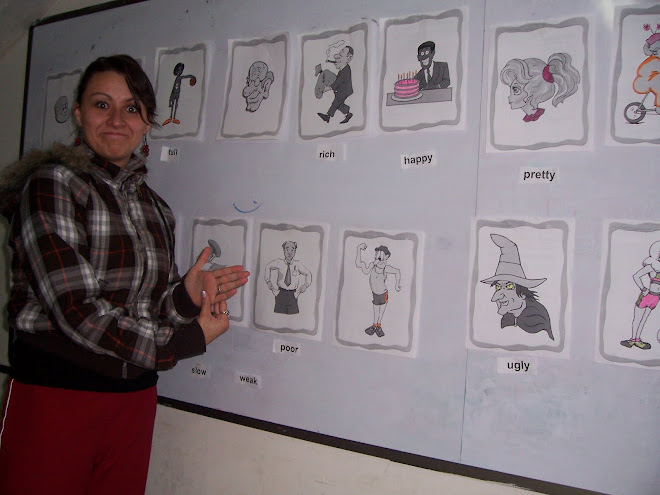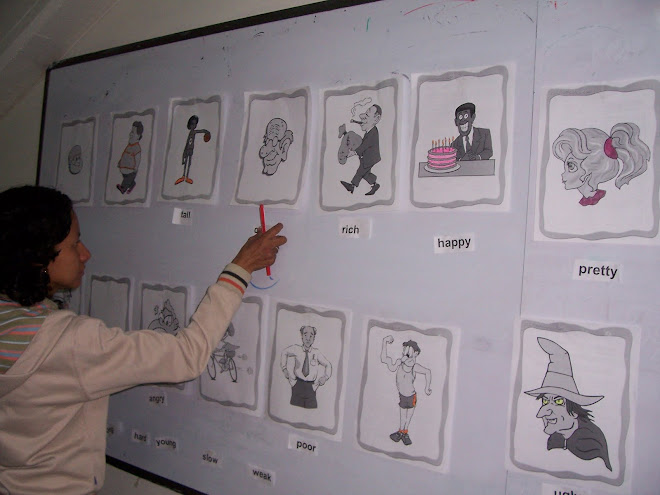
After doing the first cycle of an Action Research, these are the first conclusions...
1. Deaf students are people first, and second deaf and working with them requires recognizing their innate learning abilities before mentioning their potential disabilities. Teaching these individuals implies much more than designing a lesson plan and implementing an “effective” strategy. It involves being ready to deal with all the possible aspects and challenges that make every class and every group of students unique.2.
Deaf students consider English quite important to feel themselves as equal members of a hearing society that uses English as tool to grasp the world and appreciate the opportunity to receive an English course and interact directly with the teacher and their peers showing a positive attitude towards the learning process.
3. The effect of using EFL Internet resources as a support on the development of an English course designed for deaf university students is related to explore all the resources that Technology provides to enrich the learning process. The high ratings and positive comments about the blended course confirms that it is an effective way of making the English teaching process more practical and dynamic providing students with flexible times and new learning strategies. Students take advantage of their expertise surfing on the web and use their spare time to reinforce their learning process.
4.About the learning process of deaf students: they require a visual support to get a better understanding of grammar and vocabulary explanations and a slower rhythm in the class to “capture” all the information given by the teacher and “translated” by the interpreter.
5. Collaborative work is preferred by a group of deaf students who use only sign language to express their ideas and comments in a class that demand them a similar rhythm and level of participation. When they work together they provide immediate feedback and make peer and self correction which are positive aspects to contribute to the reflection and learning of the group.
In summary the combination of some technological resources available in the virtual learning environments with the traditional educational resources contributes to update the teaching-learning process for deaf students in an educational policy of inclusion and equality.




